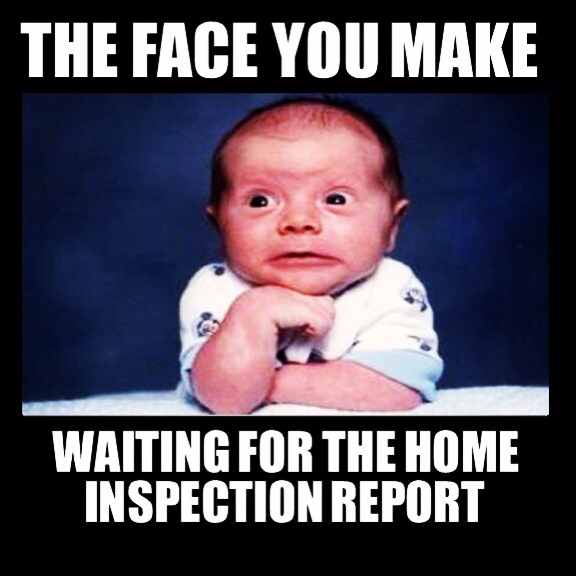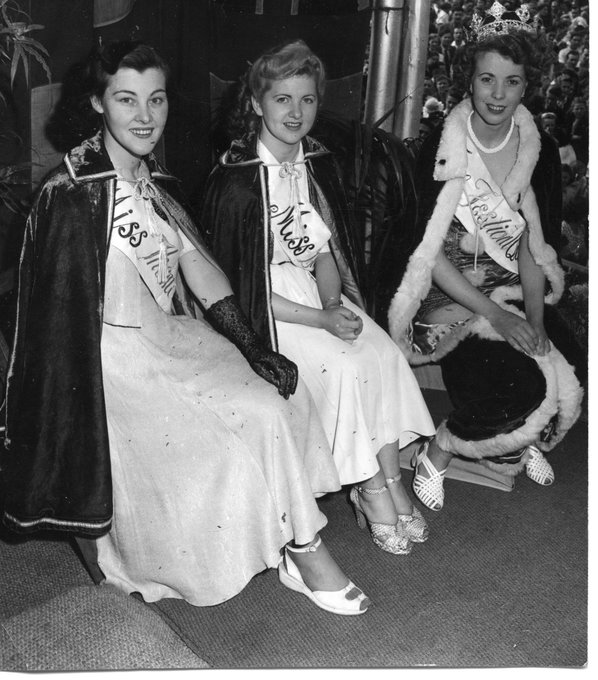 When it comes to stuff, there is always too much, much too much of the time.
When it comes to stuff, there is always too much, much too much of the time.
All of it needs my attention, nothing gets enough of it and like everyone I know, I’m sleep-deprived and overwhelmed. The dishes don’t do themselves, the mail keeps piling up, the pet sheds, the news howls, the weeds grow, and the laundry perpetually plots against us. Just when you’ve finished folding the last load, hot from the dryer on a sweltering day, you peel off your dirty clothes and the cycle begins again. Tabletops are rarely clear, drawers are full of long-lost keys and screws and parts unknown and the Christmas decor… don’t even.
There’s my own stuff, and the boys’ stuff, and the stuff the boys bring home from “the bins” to sell online that seems to multiply, and there’s all the stuff that’s been left behind. I swear I’m not a hoarder, I just have too much stuff. I’ve cut way down on buying and try to take two things out for everything that comes in, but I’m losing the battle and the war. Maybe it’s the spin of the news cycle that’s got me twitterpated, but I find myself waking up to the rotating clutter of life and the world at large. It’s America, after all, and we’re nothing if not a consumer culture but it is insane.
Our collective obsession with stuff is the emotion we attach to it. My brother dies. Stuff. My husband dies. More stuff. All of this stuff is too precious to be tossed because that feels disrespectful, right? Losing the person is unbelievably hard, letting go of a shoebox full of “How are you? I am fine” letters written by a love-struck middle-schooler should be easy. But it isn’t. I’m overly cautious, telling myself I’m saving things for the boys who may want to wander through these someday, even thought they’ve shown no interest over the last four years, and heaven forbid when my time comes, they’ll be stuck with a slim life insurance policy and a bunch more stuff.
Still… it feels like you’re erasing an existence.
What’s stacked in the garage, taking up space on shelves and in rafters, isn’t what overwhelms me… at this point. I’m concerned with what is right in front of me; the clothes I move from closet to closet as the seasons change, skirts too small and pants whose rise has grown short over the year, the shoes to be tripped over, and that folded laundry that’s yet to make it into the drawers. On Memorial Day weekend I spent a little “down time” looking at the feng shui of my home, trying to clear the chaos by moving furniture while listening to self-help podcasts on my iPod. Feng Shui is an interesting concept regarding the auspicious placement of your stuff to create good “chi”, which is all a fancy way of saying spring cleaning with magical intention followed by the dance of the tchotchkes.
The entire ritual made me feel better. Space was opened up, things were grouped in harmonious ways and, if the Internet is right I should be rolling in money faster than a wire from the Prince of Nigeria. While obsessing on the Bagua, best mirror placement, and the right corner for the lucky bamboo, I learned of a lesser-known feng shui practice. Getting rid of twenty-seven things a day for nine days. This is meant to empty what is too full, making room for more abundance (i.e. stuff). Both 9 and 27 are lucky numbers but something tells me that in the days some 3,500+ years before the invention of the magnetic compass, your average Chinese household didn’t have much more than twenty-seven things. Maybe that’s why they didn’t go a full two weeks.
Simplifying my life is an ongoing process, complicated by the need to make a living, the consumerist barrage of American lifestyle and some basic fears of letting go. Drawn to the efficiency and magic of it, I will embark on this journey, ready to pitch 243 things in less than a fortnight. I’m sure it it will take a few rounds before I’d make it to the garage, but it’s a start. I’ll let you know how it goes next week… if I don’t chuck the computer.














